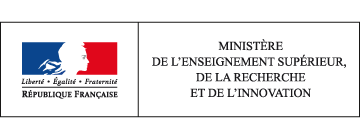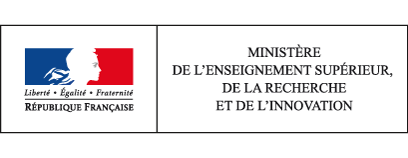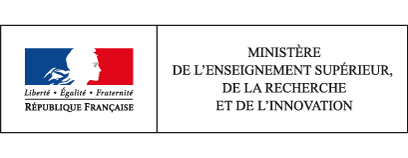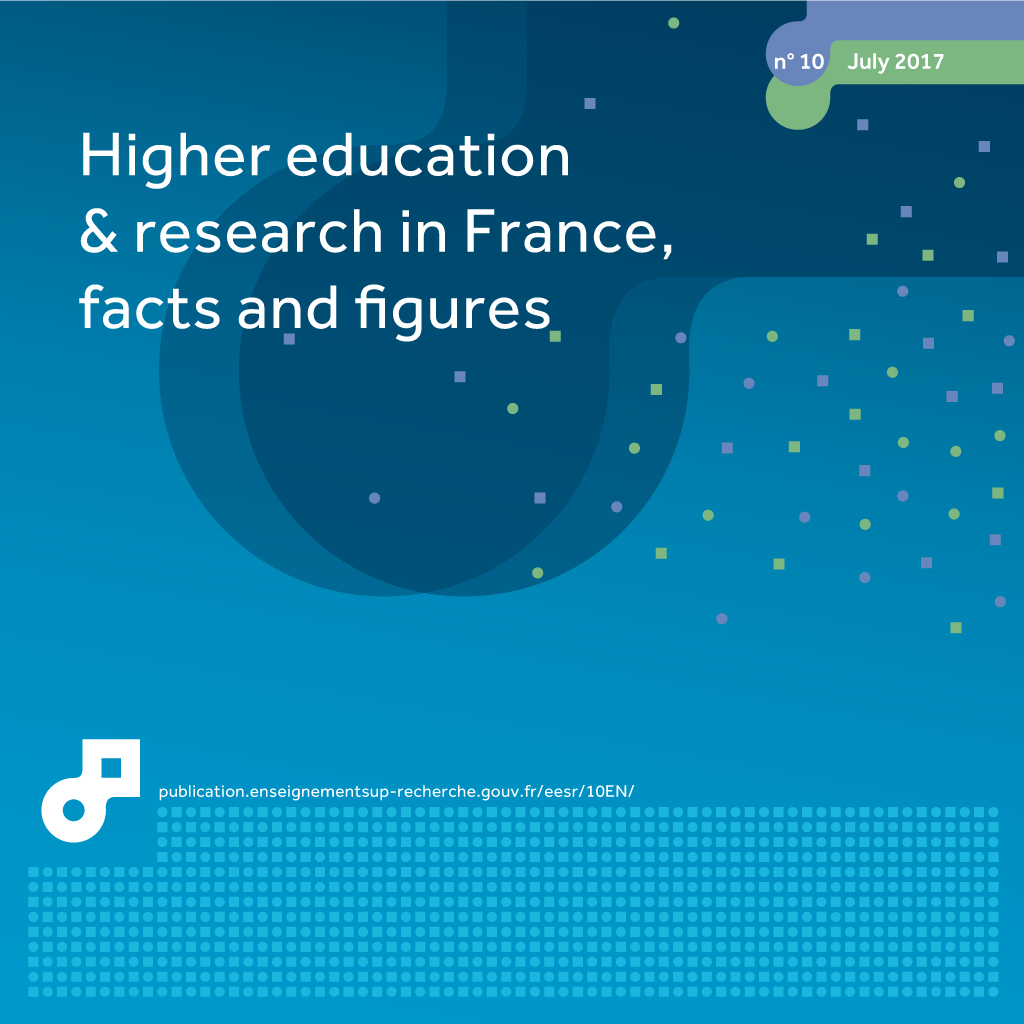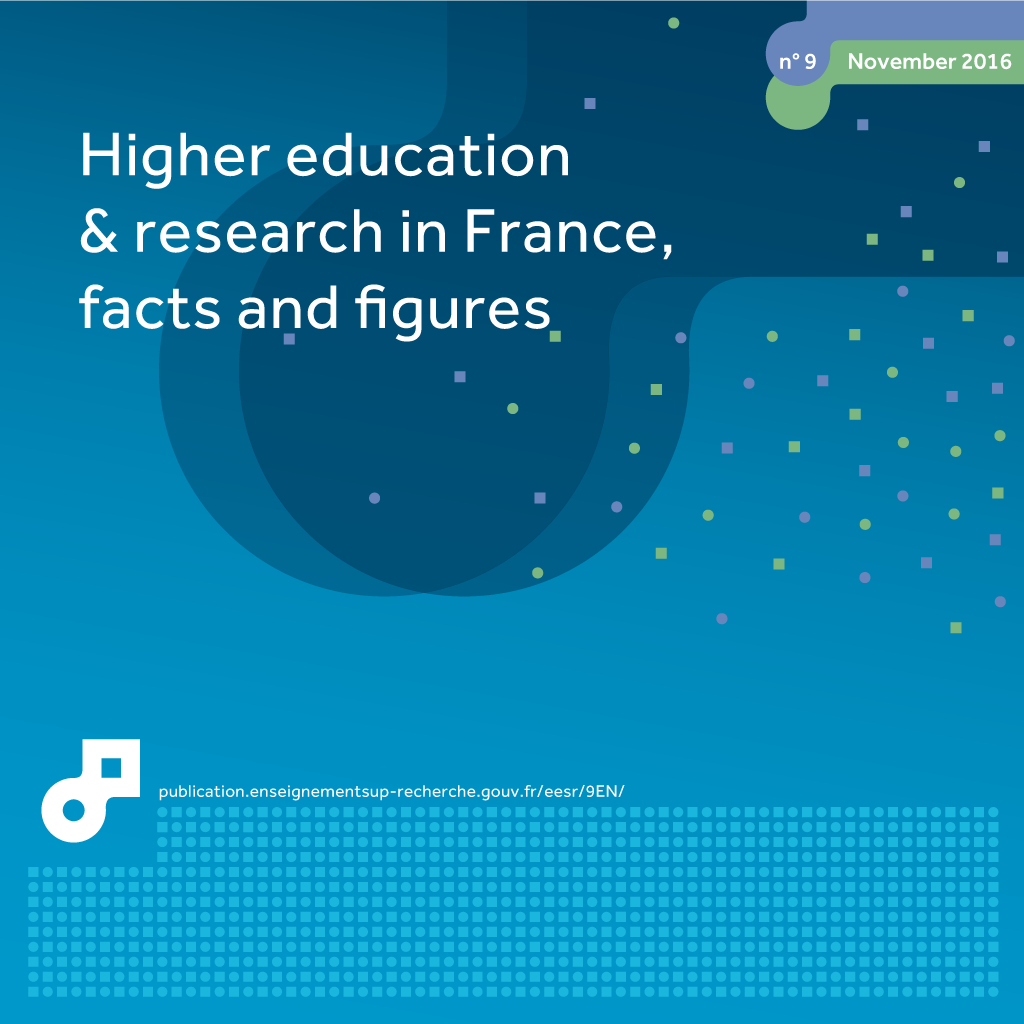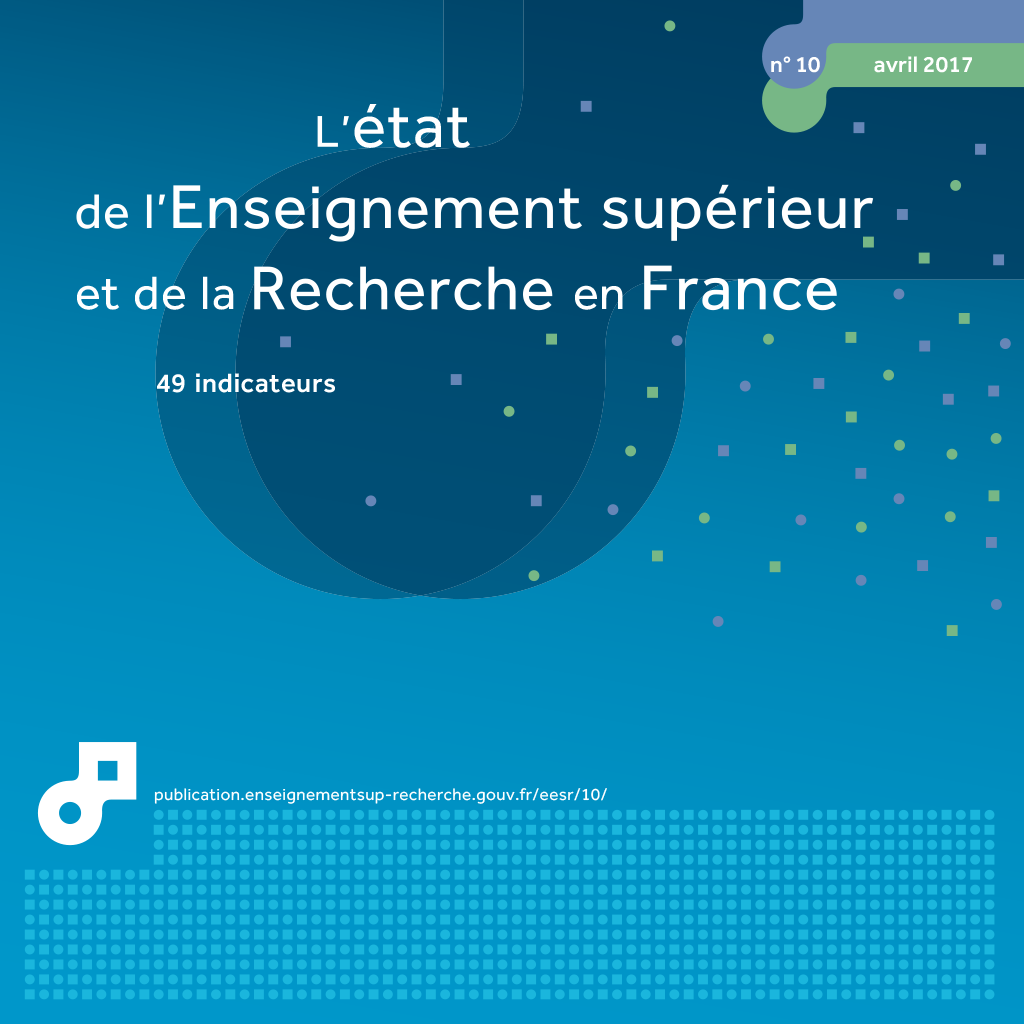08 course preferences and offers made on the post-Bac admission portal (APB)
In 2016, 533,600 candidates used the Post-Bac Admission portal (APB) to continue their studies. On average, they entered 7.6 preferences. 87% of candidates received an offer through the normal procedure, of which nearly two-thirds received their first or second preference.
The new baccalauréat holders entered 7.6 preferences on average. Candidates in the general series entered more preferences than those preparing a vocational baccalauréat (8.4 preferences on average against 5.0).
When the first preference entered by the new baccalauréat holders is considered (chart 08.01), over half the future general baccalauréat holders requested a first year at university (including a common first year for medical studies), 14% requested an IUT (university technology institute), 14% a CPGE (classes preparing for admission to Grande Ecoles) and 7% an STS (advanced technician’s section). Nearly half the future technological baccalauréat holder candidates requested an STS, 21% an IUT and 18% a first year at university. Finally, eight out of ten future vocational baccalauréat holders wishing to continue in higher education requested an STS, 10% a university and 4% an IUT.
The preferences differ according to the general baccalauréat sectors. Only 46% of candidates for the scientific baccalauréat wished to continue their studies at university and 5% at an STS, whereas 19% wished to enter CPGE and 13% an IUT. By contrast, seven future literary baccalauréat holders out of ten opted for university as first preference, but only 9% for a CPGE, 8% for an STS and 5% for an IUT. Baccalauréat holders following an economic and social path were more interested than literary candidates in enrolling in an IUT (20%) and an STS (10%) and 53% of them sought a university place.
At the end of the normal procedure, 87% of students in the final year of secondary school were offered a place, with 57% granted their first preference. This proportion rose by two points over the previous campaign and could relate to the introduction of grouped preferences for certain degree grades (the preferences group a set of universities in the same académie). More than nine out of ten general education candidates and more than eight out of ten technological candidates received an offer, compared with slightly more than six out of ten vocational candidates. (chart 08.02).
86% of candidates in the final year of secondary school requesting a first year at university were granted their first preference (+2 points). It was rarer to achieve the first preference in selective fields of education; only 41% of pupils requesting a DUT (+2 points), 40% of those requesting an STS (+3 points) and 37% requesting a CPGE obtained their first preference.
64% of general baccalauréat holders receiving an offer through the normal procedure obtained their first preference (chart 08.03), but this proportion drops to 35% when those seeking a place in CPGE are considered. Although one in two technological baccalauréat holders obtained their first preference, only 41% obtained their first preference for an IUT (+6 points over the 2015 campaign) and 45% for an STS (+3 points). Finally, only 38% of vocational baccalauréat holders obtained their first preference (+ two points), of which 35% requested an STS (+3 points) and 17% requested an IUT (-2 points).
29% of vocational baccalauréat holders with a "Pass" grade at baccalauréat received an offer from their first preference (table 08.04), but 65% who got a "Distinction" (56% for "Merit") in the baccalauréat obtained their number 1 preference. Similarly, 82% of technological baccalauréat holders with "Distinction" were granted their first preference (-4 points).
How to cite this paper :
close
08.01 Course preference according to the type of Baccalaureate - 2016 Campaign (%)
You can embed this chart to your website or your blog by copying the HTML code and pasting it into the source code of your website / blog:
close
08.02 Breakdown of offers according to the order of preference made and type of Baccalaureate - 2016 campaign (%)
1 including successful baccalauréat candidates who, having withdrawn from APB, have not returned during the additional procedure.
You can embed this chart to your website or your blog by copying the HTML code and pasting it into the source code of your website / blog:
close
08.03 Distribution of offers in corresponding order of preference entered and type of baccalauréat - 2016 Campaign (%)
64% of pupils in general final year of secondary school who received an offer under normal procedure received an offer for their first preference.
You can embed this chart to your website or your blog by copying the HTML code and pasting it into the source code of your website / blog:
close
08.04 Proportion of candidates in the final year of secondary school who received an offer for their first preference, following the normal procedure - 2016 campaign (%)
40,5 % of technological Bac candidates who obtained a "Pass" grade received an offer from their first choice. This was the case for 81.9 % of technological Bac candidates who received a "Distinction" in the Baccalaureate.
You can embed this table to your website or your blog by copying the HTML code and pasting it into the source code of your website / blog:
close
Related statistical publications
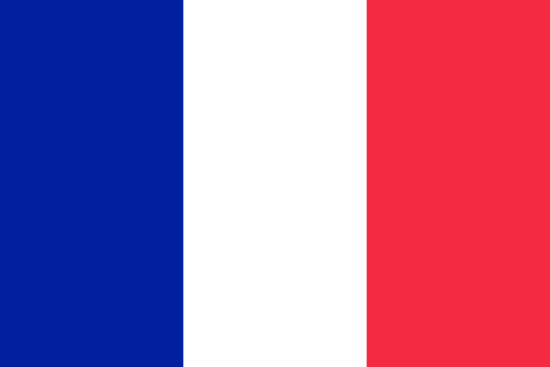 Note flash SIES 17 - APB 2016 - Ceren Inan - November 2016
Note flash SIES 17 - APB 2016 - Ceren Inan - November 2016 
 Note flash SIES 08 - Course choices in higher education: preferences submitted for the 2016-2017 academic year - Ceren Inan - June 2016
Note flash SIES 08 - Course choices in higher education: preferences submitted for the 2016-2017 academic year - Ceren Inan - June 2016 Students preparing for the baccalauréat and enrolled on the Post-Bac Admission Portal (APB) for the 2016 session submitted an average of 7.6 preferences.
38.2% of candidates requested a Bachelor's degree programme as first choice. In several of the requested Bachelor's degree preferences, the number of women reached extreme proportions (91.4% in Linguistics, 10.3% in Computer Science). For literary series candidates, the proportion of women exceeded 70%. Nearly one student in five in the final year of secondary school taking the scientific series (17.9%) requested classes preparing for admission to Grandes Ecoles (CPGE) as first choice.
Students preparing for a vocational baccalauréat (80.5%), but also to a lesser extent technological series candidates (49.4%), put Advanced technician's sections (STS) as first choice. The subsequent choices were often the same as the course chosen in first place.
Translation
 Etat de l'enseignement supérieur et de la rechercheL'état de l'Enseignement supérieur et de la Recherche en France n°10 - Avril 2017
Etat de l'enseignement supérieur et de la rechercheL'état de l'Enseignement supérieur et de la Recherche en France n°10 - Avril 201708 - vœux d’orientation et propositions exprimés sur le portail Admission post-Bac (APB) - Ceren Inan
